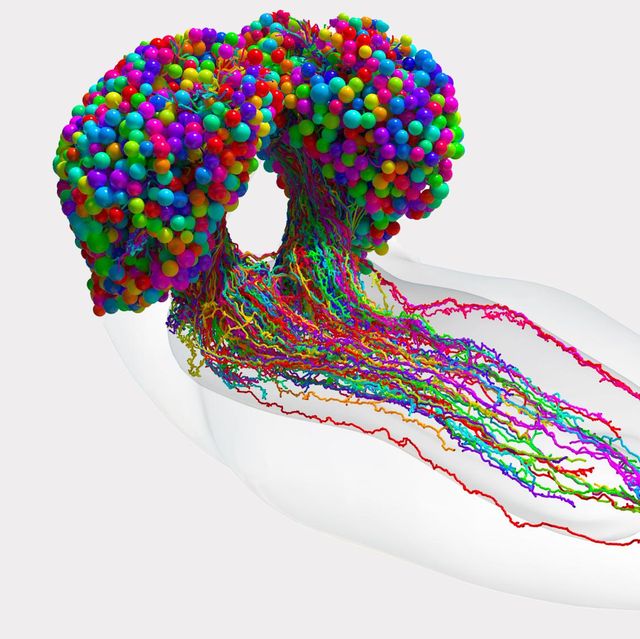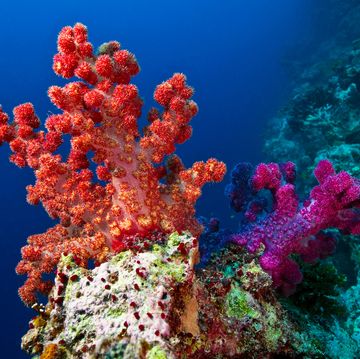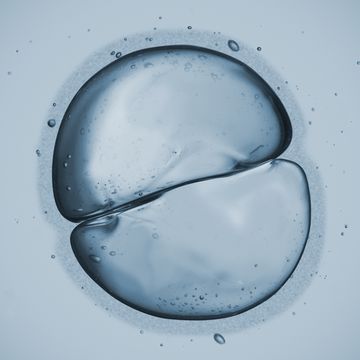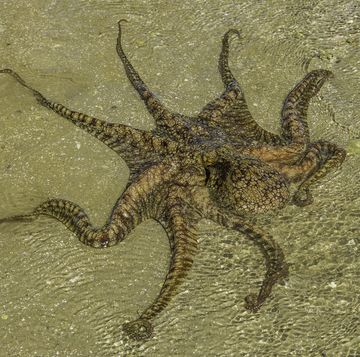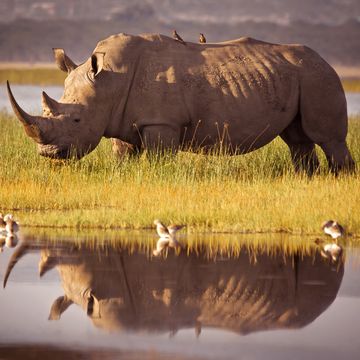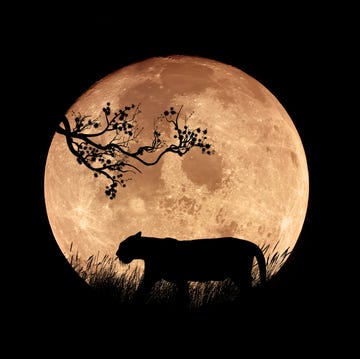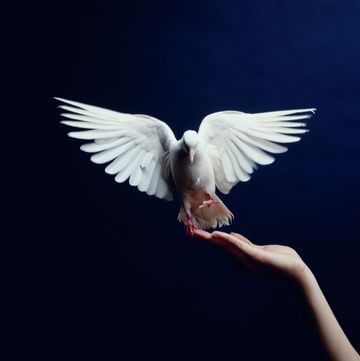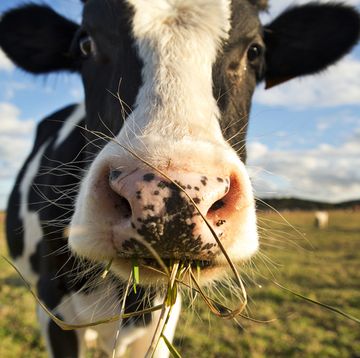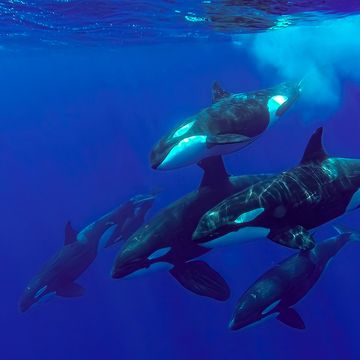- Since the 1970s, scientists have been constructing neurological maps of increasing complexity
- This week scientists from Johns Hopkins University and the University of Cambridge announced they'd completed a 12-year-long effort to map the brain of a baby fruit fly
- Because the fly shares some genetic and biological foundations with humans, scientists hope it can bring some insight to the lingering mysteries of the human brain
If you want to understand something as big and complicated as the brain, it’s best to start small—really small. The fruit fly (Drosophila melanogaster) is about the size of a poppy seed and its lifespan matches its minuscule stature, as it buzzes around this planet for less than two months before kicking the bucket.
But even in these small and seemingly simple creatures, the brain is dizzyingly complex, which is why it’s taken scientists years to complete a neurological map. But they finally succeeded in that work when, on Thursday, scientists from the University of Cambridge and Johns Hopkins University announced that they’d finally mapped every single neuron and all the connections between them housed inside the brain of a fruit fly larva. The team’s research was published this week in the journal Science.
“If we want to understand who we are and how we think, part of that is understanding the mechanism of thought,” says Johns Hopkins biomedical engineer Joshua T. Vogelstein in a press release. “And the key to that is knowing how neurons connect with each other.”
And there are a lot of neurons and connections to sort through. To complete this neurological map, scientists had to identify 3,016 neurons. But that pales in comparison to the number of connections between these neurons, which comes to a grand total of 548,000. They also identified 93 distinct neurons that differed in shape, function, and neurological connection.
If this all sounds difficult, that’s because it is. For 12 years, scientists had to painstakingly slice a brain into thousands of tissue samples, image them with an high-resolution electron microscope, and then piece them back together — neuron by neuron.
These work is only the latest achievement in a practice that started nearly 50 years ago when scientists first started mapping the brain of a roundworm (Caenorhabditis elegans), which was finally considered completed in 2019. However, where the roundworm has only 302 neurons, a fruit fly larva has nearly 10 times that amount and represents a higher level of neurological complexity overall.
Understanding the inner workings of a fruit fly’s brain may seem unrelated to the human mind, but scientists didn’t choose this particular species based on its size or perceived simplicity — rather, fruit flies actually share fundamental biology and a comparable genetic foundation with humans. This makes the map a perfect cornerstone upon which to explore some of the many mysteries of the human mind.
“All brains are similar – they are all networks of interconnected neurons,” Marta Zaltic, a co-author on the study, told the BBC. “All brains of all species have to perform many complex behaviors: they all need to process sensory information, learn, select actions, navigate their environments, choose food…etc.”
There are a fair amount of similar projects in the works, as well. FlyEm from the Howard Hughes Medical Institute, for example, is currently working on constructing a map of an adult fruit fly, and the next frontier of research in the field will likely be charting the brain layout of mice. This particular neurological cartography effort will be truly gargantuan, as estimates suggest a mouse brain is roughly a million times larger than a fruit fly larva. Obviously, the complexity doesn’t stop there, as humans have an estimated 86 billion neurons.
In other words, neuroscientists have their work cut out for them.
Darren lives in Portland, has a cat, and writes/edits about sci-fi and how our world works. You can find his previous stuff at Gizmodo and Paste if you look hard enough.
